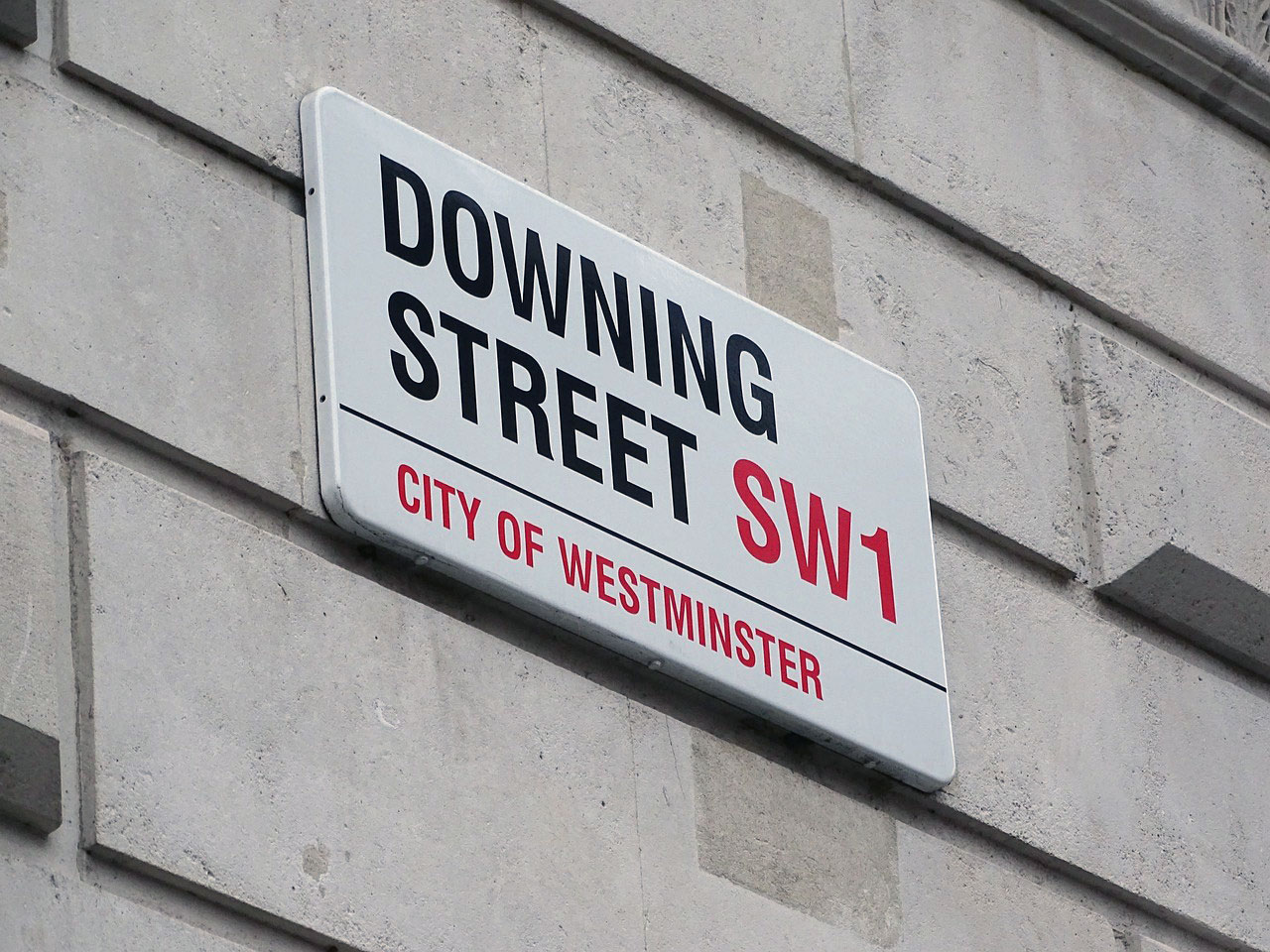Each autumn, the government’s financial plan is presented by the Chancellor of the Exchequer in the form of a budget statement, which details how the government plans to generate, spend and invest money for the upcoming year. A lot is covered in the budget and it’s a key event in the financial calendar, with economic growth, employment, welfare, healthcare, public services and infrastructure all being mentioned.
This year was no different and on 30th October, Chancellor Rachel Reeves delivered Labour’s first budget in 14 years, and a lot of big changes were announced. Following Sir Keir Starmer’s Prime Minister’s Questions, Reeves took centre stage to deliver the statement, which focused heavily on property and building.
What the Budget Had to Say About Homes, Property and Construction
A lot of topics were covered in the budget, ranging from increased funding for schools to changes to inheritance tax, but much of the statement focused on homes, property and the construction industry. Here are some of the key points covered.
Building New Houses
Reeves announced Labour will be investing £5 billion into a housing plan, which will include a boost of £500 million to the Affordable Homes Programme, taking its budget to £3.1 billion. This investment will happen in various locations up and down the country – including Liverpool Central Docks, where the waterfront will be transformed with 2,000 new homes – and aims to boost the supply of homes, creating 1.5 million new homes in total. There will also be an investment of £25 million into energy efficient new homes, with a focus on them being more affordable for buyers.
Support for Smaller Developers and Homebuilders
There was also a lot of emphasis placed on boosting the housing sector by supporting smaller developers and homebuilders, with £3 billion being dedicated to supporting these smaller projects. It’s hoped that this will level the playing field somewhat, giving those developing mid-sized developments – which tends to include anywhere from 50 to 100 units – the support they need. By doing so, it’ll be a lot easier to speed up the building process,especially for energy efficiency and sustainable homes in areas where housing is in high demand.
Removing Dangerous Cladding
In response to what was found as part of the Grenfell Inquiry – an inquiry which looked into the circumstances surrounding the fire at Grenfell Tower in 2017 – Reeves explained that the government would be investing £1 billion in 2025 to speed up the removal of dangerous cladding from residential properties. A lot of safety concerns came to light after the Grenfell Tower fire, which highlighted considerable problems with building safety regulations and the cladding that had been used. It’s hoped that with this investment, unsafe cladding will be removed from residential buildings as soon as possible, ensuring similar tragedies don’t happen in the future. This will bring cladded properties in line with safety standards.
Increasing Stamp Duty on Second Homes
An immediate change announced in the budget is the increased stamp duty on second homes.
Stamp duty on additional homes in the UK will rise from 3% to 5% straight away, which will increase the cost for anyone buying a second home or investment property. Previously, buyers of additional properties had to pay an additional 3% on top of the standard stamp duty rates, which is calculated based on the value of the property. This has now been increased to 5%, meaning that buying a second home or investment property will be considerably more expensive. The higher rate could mean prospective buyers start to reconsider their second home purchases, reducing the demand for housing and providing more properties for first-time buyers.
Creating Warmer Homes
In the budget, Reeves explained that £3.4 billion would be allocated to Labour’s Warm Homes Plan over the next three years, which is designed to improve household energy efficiency and support heat decarbonisation efforts. This investment aims to make 350,000 homes more energy efficient, helping to reduce both energy consumption and energy bills. This funding also includes increased resources for the Boiler Upgrade Scheme, extending support over the next two years, and directs £1.8 billion to help combat fuel poverty. This is a big commitment towards warmer and more sustainable homes, helping the government to reach important energy efficiency goals.
What Does the Budget Mean for Building Compliance Regulations?
The budget is likely to have an impact on building compliance regulations, as new funding and regulatory changes could impact building standards, sustainability requirements and safety measures. With increased investments being directed towards energy efficiency and safety in building infrastructure, it’s important to stay informed about these changes to ensure that all building projects align with updated standards.
For example, the recent budget allocates funds toward improving energy efficiency in homes, and it’s important that new builds and renovations adhere to these new standards. Plus, policies aimed at removing cladding and making residential properties safer bring stricter building compliance regulation protocols, which also need to be met.
Being aware of the changes announced in the budget is important for developers and homebuilders, especially if you’re planning a new build development or property renovation project. It’s important that you pay attention to changes in building compliance regulations, otherwise you could be faced with costly issues further down the line. To find out more and for building compliance regulations help from the very start of your project, get in touch with the JosTec team.



